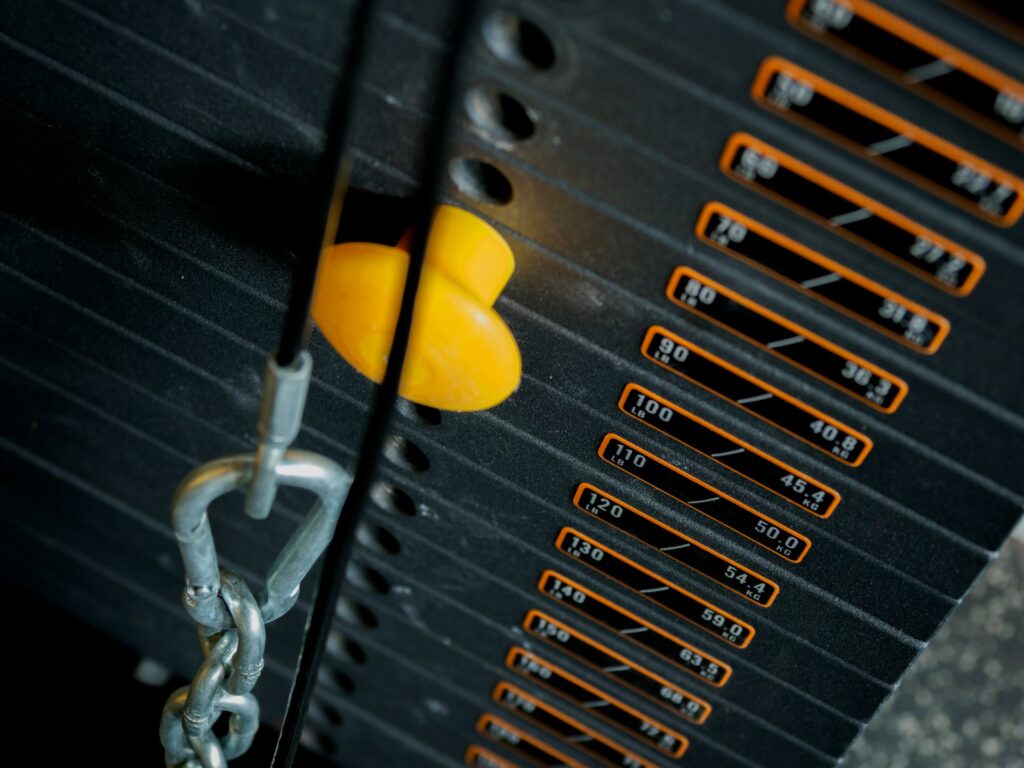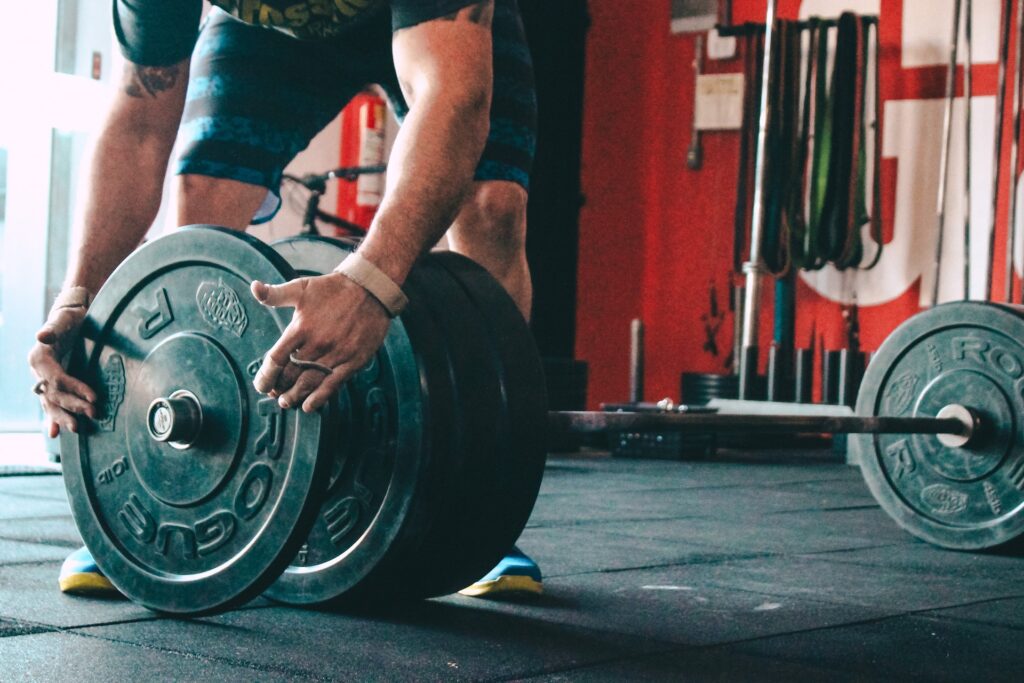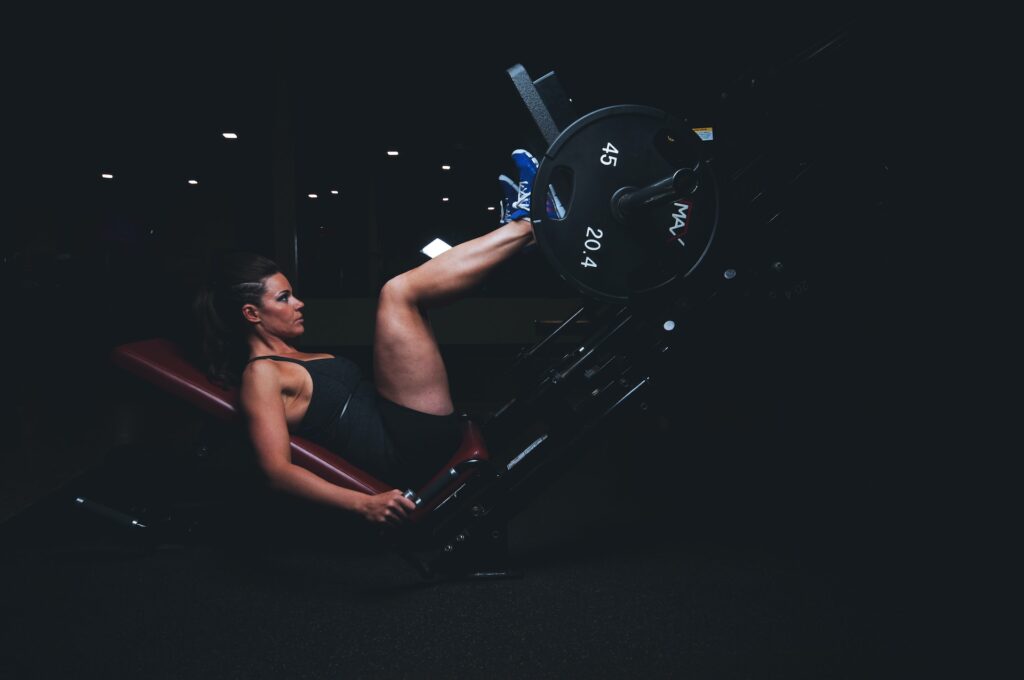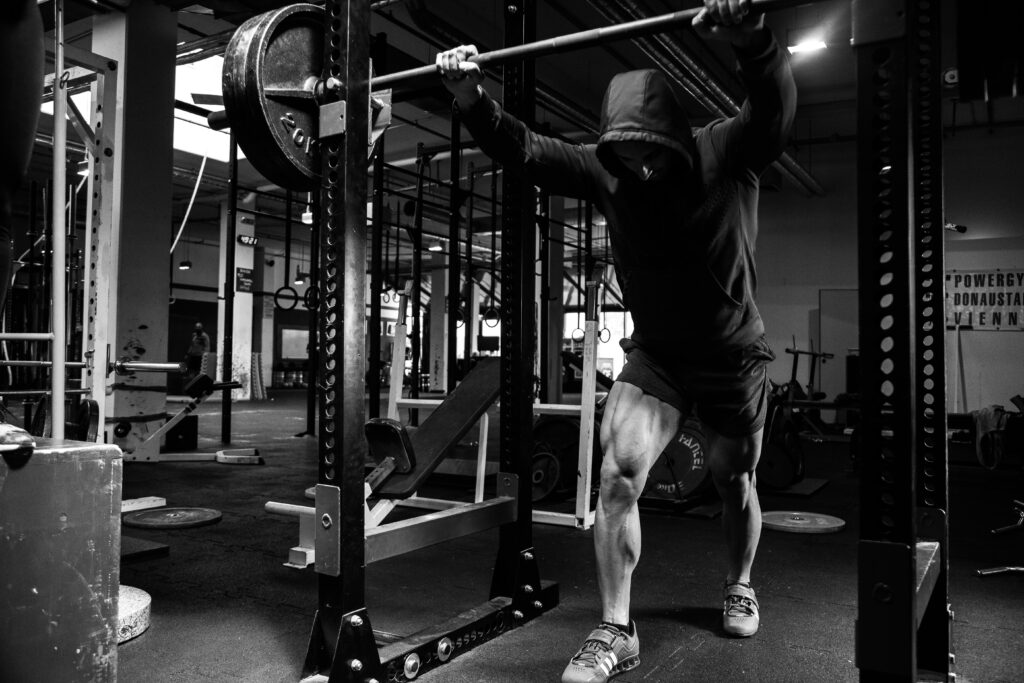Introduction
Warm up sets are one of the most underutilised tools in the training arsenal for all forms of weighted exercise, however this article will delve specifically into hypertrophy training. They take additional time to perform but ensure session and set quality remains at the highest level. They function slightly differently to a traditional warm up in the sense that they potentiate and prime the working muscle.
What is their purpose?
- Physical preparation: Warm up sets allow for the muscle(s) to experience the sensation and forces at play which allows your muscle to understand how the weight feels on that day. They are also key for the joints, tendons and ligaments to ensure the lifter can successfully achieve the desired range of motion while under load.
- Psychological preparation: Warm up sets allow the lifter to understand the requirements for the lift and build the neurological pathways necessary to successfully execute. This may see the person enter a flow state or hype themselves up, depending upon what they feel attains a higher quality set.
- Blood flow: The activation of that muscle via contractions, helps to drive blood into that area. This helps to deliver the required nutrition and oxygen necessary for set completion, while removing waste and by-products which is essential for intra session recovery.
- Synovial fluid secretion: The secretion of synovial fluid allows the joints to function freely and results in a smooth movement pattern. Going into a set physically cold may see the lifter suffer increased friction at the articular cartilage, resulting in clicking, grinding, popping or a feeling of aggravation.
- Safety: All the factors above directly tie into the safety of the lifter. Making sure every aspect is ticked allows the lifter to enter the movement knowing that they have the ability to execute with accuracy whilst being in an injury free position.
In essence, they provide an effective transition into your working sets and ensure you are prepared to work effectively and provide the highest quality within your sets.

Photo by Anastase Maragos on Unsplash
How many sets should I do?
This will depend how early into the session you are, the type of exercise being performed and the load being used.
Movements such as an RDL may require more warm up sets because of the higher loading potential, large range of motion and because they are likely to be performed towards the early part of a session. In comparison, an overhead tricep extension doesn’t have a great capacity to load, goes through a small range of motion, only moves through the elbow and would likely to be performed towards the latter end of a session, meaning that muscle would be particularly warm and ready to work.
This example could therefore see an RDL require 3-4 warm up sets with the overhead tricep extension only requiring 1-2 warm up sets. In essence, you should take the amount of warm up sets that you need to feel completely ready, without fatiguing and taking away from the main lift.

Photo by Brett Jordan on Unsplash
What rep ranges to use?
There is no exact methodology to this and therefore depends on a variety of factors. The main one being the rep ranges of your working sets.
A working set of 6-8 reps may involve a warm up scheme such as 6-8 reps at 50-60%%, 3-4 reps at 75% & 1-2 reps at 90% of your working weight in comparison to working sets of 15-20 reps involving a warm up set scheme of 12-15 at 50-60% reps followed by 8-10 reps at 75% and then finishing with 5-8 reps 90% of your working weight. The keys is that as the weight gets closer to the working weight, the number of reps performed drops, to prevent the onset of fatigue. The warm up sets should still be challenging, but not to the same degree as a working set.
Your rep ranges will also depend on the total number of warm up sets as where within the workout this particular movement is placed. For a muscle that has already been trained in a different movement pattern, you may find your working set of 8-12 reps only requires 1 warm up set of 5-8 reps whereas a pendulum squat at the front end of the session may require more sets and for you to work through more rep ranges.
These rep ranges aren’t set in stone and you as the lifter may find that a different or modified scheme works well for you. The idea is creating an environment that allows for successful and safe execution of your working sets.
What load should I use?
The aim would be to start your warmup sets at/just over half of your working weight and incrementally build up, getting as close to your working weight as possible (around 95% of the way).
This may see a working set of 100kg barbell back squats start at around 50-60kg, then move to 70-75kg, followed by 80-85kgkg and finally finishing with 90kg before going into a working set. As these weights increase, the total number of reps will decrease as to not take away from the first working set.

Photo by Victor Freitas on Unsplash
What should they look like?
Warm up sets should be executed in the exact same manner as a working set. If you were to film the two but not show the weight, they should look identical. This is your dress rehearsal before the main performance.
We also need to ensure that if we are performing a given exercise, that the warm up directly relates to that exercise. For example, when preparing for a squat, the squat itself should be used as the warm up rather than an alternate exercise for all the reasons above.
What else can I do?
Cardio based warm ups such as an incline walk can also be of great value. The ability to get the core body temperature raised alongside an increased level of blood flow can provide an even more effective warm up sets.
Dynamic movements such as leg and arm swings will also be of great value. They provide the ability for the muscles and joints to work through a wide range of motion and various planes with a gradual build up. They can allow you to get into the end ranges (maximum range of motion) safely which can then prepare you for your warm up sets.
Using these two methods and then moving into warm up sets follows the RAMP method of warming up:
- Raise the pulse
- Activate the muscles
- Mobilise the joints
- Potentiate/priming to bed in the movement patterns
___
If you want to see more information on training intensity, see my latest Instagram posts at @the_biomechanics_coach. Or, if you are interested in exploring other areas of your training and becoming the best athlete you can be, what about reading my last post on Eccentric Rep speed.



